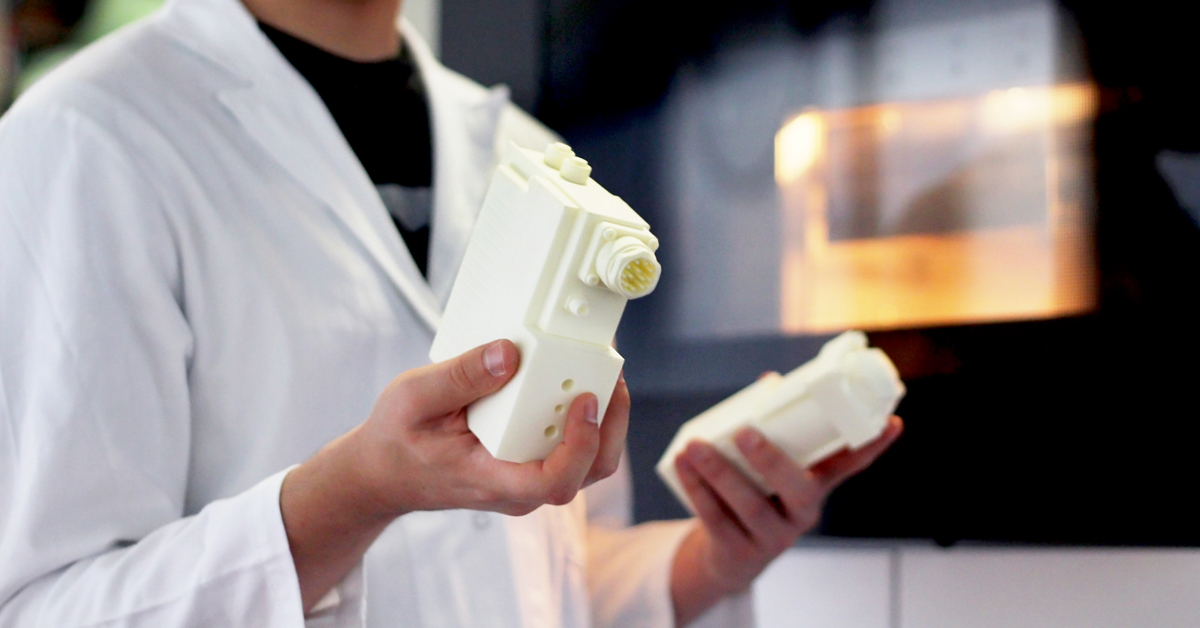Interview With Glen Liberman: Successful Designer and Pro Sculpteo User
Posted By Sculpteo on Nov 27, 2012 | 1 comment
Glen Liberman is the co-founder of Kinekt Design, the design studio behind the famous Gear Ring, and many other inspiring design and music projects! He uses Sculpteo for 3D printing his prototypes and accepted to answer a few questions for the Sculpteo blog. Discover Glen’s successful creations and how he uses 3D printing for his design projects!
The Gear Ring is made from high quality matte stainless steel and features micro-precision gears that turn in unison when the outer rims are spun.
Sculpteo: Can you present yourself in a few words and tell us about your current projects?
Glen Libeman: My name is Glen Liberman and I am a co-founder / co-owner of Kinekt Design and aestheticinvention.com, respectively. I’m a creative designer and electronic music composer.
Sculpteo: How did you start 3D printing? How did you discover it and what brought you to create things with 3D printing?
Glen Libeman: I started with 3D printing to test prototype Kinekt Design’s patented Gear Ring. I found it so incredibly intriguing that I become infatuated with the process of creating physical object(s) with it. Since I am not a machinist, I found it difficult to fabricate a lot of the ideas that I had in my head. 3D printing opened up a new world of possibilities to me, one that was simply not feasible before.
And of course, I love objects. They are the artifacts of a society; physical representations that can tell a story the same way a book can.
I still paper fold and sculpt, but 3D printing makes the process that much easier and faster. I’m not saying it should replace craft and handwork, but it definitely allows individuals the opportunity to experiment with a new process and all sorts of materials suitable for different applications.
Sculpteo: What is Kinektron? How do you use 3D printing for your projects?
Glen Libeman: aestheticinvention.com is my second business that focuses on the creation of unique electronic musical instruments. It is a collaboration between three people – Robert Guyser, Matthew Heins, and myself.
Our first product will be the K-DSC-1, a digital synthesizer and sequencer that is housed in a compact, hand-held cube. We plan to launch it to the public in 2013.
K-DSC-1.
We’ve utilized 3D printing throughout the design / prototyping process to test our assembly / housing and make sure it’s suitable for manufacture and production.
Sculpteo: Do you own a Sculpteo store?
Glen Libeman: I do not own a Sculpteo store, but you can see / purchase some of my personal work at www.glenlib.bigcartel.com. I utilize 3D printing to fabricate my experimental / exploratory tech creature models – Adapter, Evolver, etc. – and to cast my jewelry rings.
Sculpteo: Do you have advices to share with 3D printing beginners. For example, which software do you use for 3D modeling and how do you make sure your models will look great once 3D printed?
Glen Libeman: I use Solid Works to 3D model. My advice for 3D printing beginners is to experiment and try new things as much as possible. Even if whatever you’re creating does not result in a functional or useful product, it can still be worthwhile.
There are so many possibilities for interesting and intriguing designs to surface that it’d be a shame not to explore rapid prototyping fabrication.
To see more creations by Glen Liberman:
—————————————–
Discover more interesting uses of 3D printing by following us on Facebook and Twitter.


 Connect with Google
Connect with Google Connect with Facebook
Connect with Facebook

